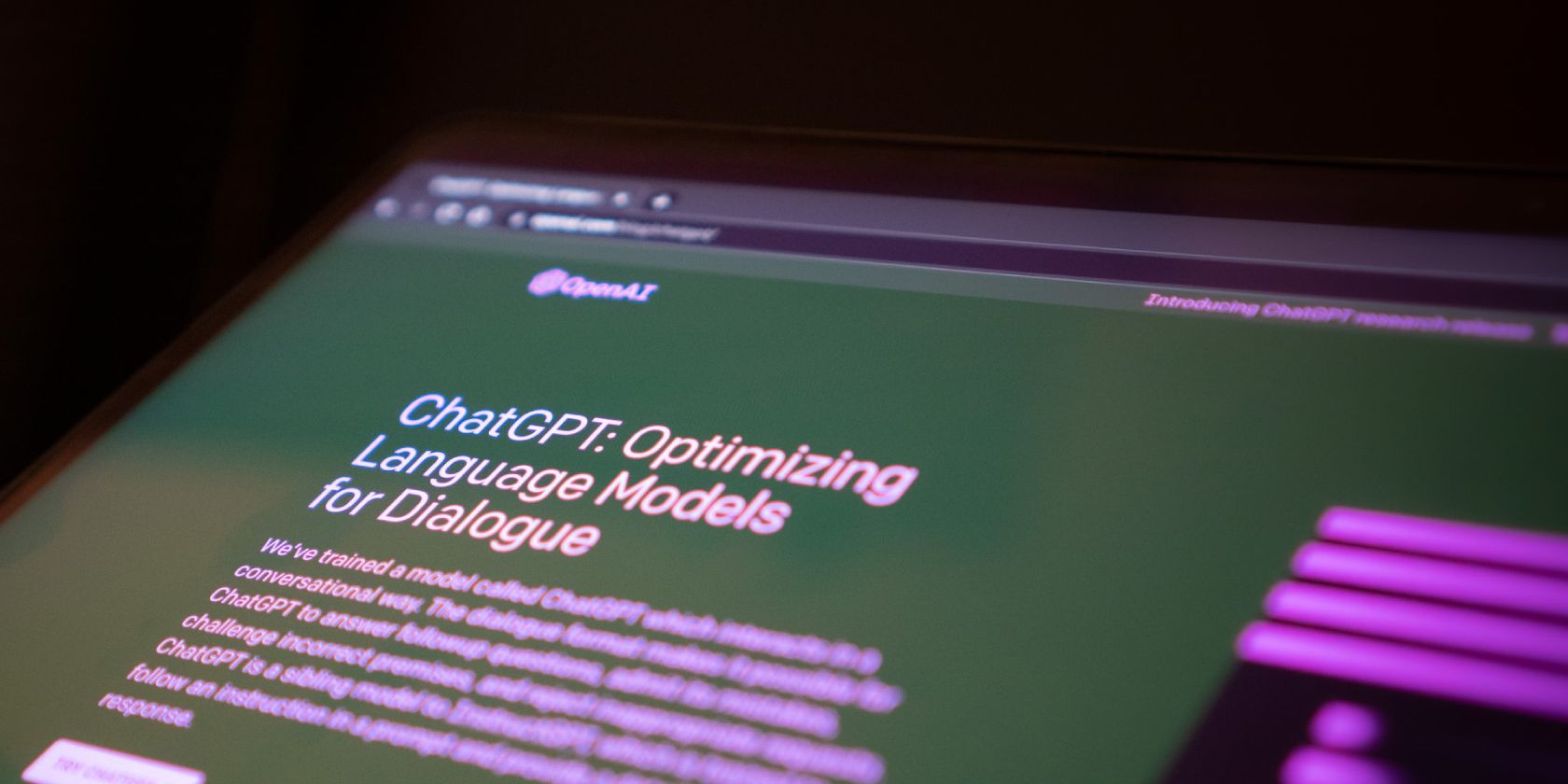OpenAI, the renowned artificial intelligence research laboratory, recently unveiled a groundbreaking update to its suite of APIs: ChatGPT and Whisper APIs. If you haven’t heard already, the two are now officially available for integration into third-party software. These cutting-edge tools harness the power of state-of-the-art language models to enable more advanced and nuanced conversations.
This release is poised to shake things up with a huge impact on the world of business. ChatGPT has been quite the talk since late 2022, then what's this buzz surrounding the ChatGPT and Whisper APIs?
OpenAI Grants Access to ChatGPT and Whisper APIs
The ChatGPT API is powered by the gpt-3.5-turbo language model, which is the same model that's used in ChatGPT. This means you can now get access to all the capabilities of ChatGPT through this API.
The developer community has lauded Whisper for its impressive capabilities, but it has been reported to be challenging to set up and run. However, OpenAI has made the large-v2 model of Whisper available through its API, which offers improved speed and accessibility.
Pricing
OpenAI now gives you 1,000 tokens at a rate of $0.002, which it claims is 10x cheaper than the existing GPT-3.5 models. Even though 1,000 tokens may seem like a lot, sending just one snippet of text for the API to respond to could cost several tokens. In the official ChatGPT API announcement post, OpenAI mentioned:
“Through a series of system-wide optimizations, we’ve achieved 90% cost reduction for ChatGPT since December; we’re now passing through those savings to API users.”
Whisper’s large-v2 model is priced at $0.006/minute (of audio input), which is also cheaper.
Access to the API
GPT models take in unstructured text and represent it as a sequence of tokens for the model to understand. But with ChatGPT models, the input is consumed as a sequence of messages along with metadata. Even though the input is still processed as a sequence of tokens using the ChatML (Chat Markup Language) format, it allows for a more conversational experience. To give more context, we've covered how ChatGPT works and how it answers questions in detail.
To interact with the ChatGPT model via the new API, OpenAI has developed a new endpoint that accommodates this format. This adds to the list of things you can do with ChatGPT.
How Will Businesses Use the ChatGPT and Whisper API?
With the integration of ChatGPT and Whisper into third-party software, businesses can now create more personalized and engaging experiences for their customers. One example is Snap's My AI feature, which uses the same technology to enable users to create their own virtual personal assistant.
With ChatGPT and Whisper APIs, businesses can develop their own chatbots, virtual assistants, and other conversational AI tools to enhance their customer service and engagement.
These APIs enable machines to hold natural and personalized conversations with customers, leading to improved satisfaction, loyalty, and sales. The applications for these technologies are vast, ranging from e-commerce and customer support to education and healthcare.
This can also be a good time for new SaaS products. Having seen so many pop up in the market already (such as Speak), the possibilities are endless.
What Does This Mean for Users?
Expect to see more natural language processing and improved conversational experiences in your mainstream apps. This is because ChatGPT and Whisper API will set a new standard for NLP, and developers will likely try to integrate similar features into their apps to keep up with the competition.
OpenAI's ChatGPT and Whisper API will democratize AI chatbot development, as previously creating language models required extensive resources.
Only large tech companies could afford to build advanced chatbots and natural language processing tools. With this release, however, smaller businesses and independent developers now have access to OpenAI’s tech to integrate into their own applications.
This could lead to a proliferation of new chatbot-based services and applications, as well as improved experiences for users interacting with these systems.
A New Era of AI
This is the first bold step towards promoting accessibility and inclusivity in AI development and deployment. Learning how to use AI tools like ChatGPT can be a game-changer for businesses, as it empowers them to streamline operations and gain valuable insights from vast amounts of data—and there’s no better time than today.



